Shift Towards Financial Inclusion
The shift towards financial inclusion is significantly influencing the Digital Lending Platforms Market. Many individuals and small businesses remain unbanked or underbanked, creating a substantial opportunity for digital lenders to bridge this gap. By leveraging technology, digital lending platforms can offer tailored financial products to underserved populations, thereby promoting economic empowerment. Recent studies indicate that approximately 1.7 billion adults worldwide lack access to formal financial services, highlighting the potential market size for digital lending solutions. As awareness of financial inclusion grows, more platforms are likely to develop innovative lending models that cater to diverse customer needs. This focus on inclusivity not only enhances the customer base for digital lenders but also contributes to the overall growth and sustainability of the Digital Lending Platforms Market.
Regulatory Support for Fintech Innovations
Regulatory support is emerging as a crucial driver for the Digital Lending Platforms Market. Governments and regulatory bodies are increasingly recognizing the potential of fintech innovations to enhance financial inclusion and stimulate economic growth. Initiatives aimed at fostering a conducive regulatory environment are being implemented, which may encourage the establishment and expansion of digital lending platforms. For example, some jurisdictions have introduced sandbox frameworks that allow fintech companies to test their products in a controlled environment. This regulatory flexibility is likely to attract investment and innovation within the sector, as companies can operate with greater confidence. As regulatory frameworks evolve, they may provide a solid foundation for the sustainable growth of the Digital Lending Platforms Market.
Rising Demand for Instant Credit Solutions
The Digital Lending Platforms Market is experiencing a notable surge in demand for instant credit solutions. Consumers increasingly seek quick and convenient access to funds, which has led to the proliferation of digital lending platforms. According to recent data, the market for instant credit is projected to grow at a compound annual growth rate of approximately 25% over the next five years. This trend is driven by the need for immediate financial assistance, particularly among younger demographics who prefer online transactions. As a result, digital lending platforms are adapting their offerings to meet this demand, enhancing user experience and streamlining application processes. The emphasis on speed and efficiency is reshaping the competitive landscape, compelling traditional financial institutions to innovate and collaborate with fintech companies to remain relevant in the Digital Lending Platforms Market.
Technological Advancements in Financial Services
Technological advancements are playing a pivotal role in the evolution of the Digital Lending Platforms Market. Innovations such as artificial intelligence, machine learning, and blockchain technology are transforming how lenders assess creditworthiness and manage risk. These technologies enable platforms to analyze vast amounts of data quickly, leading to more accurate lending decisions. For instance, AI-driven algorithms can evaluate alternative data sources, allowing lenders to extend credit to previously underserved populations. The integration of these technologies is expected to enhance operational efficiency and reduce costs, potentially increasing profitability for digital lenders. As the industry continues to embrace these advancements, the competitive dynamics are likely to shift, with tech-savvy platforms gaining a significant edge in the Digital Lending Platforms Market.
Consumer Preference for Online Financial Services
Consumer preference for online financial services is a driving force in the Digital Lending Platforms Market. The convenience of accessing financial products through digital channels has reshaped consumer behavior, with many individuals opting for online platforms over traditional banks. Data suggests that a significant percentage of consumers now prefer to manage their finances digitally, leading to increased adoption of digital lending solutions. This trend is particularly pronounced among younger generations, who are more comfortable with technology and expect seamless online experiences. As consumer preferences continue to evolve, digital lending platforms are likely to enhance their offerings, focusing on user-friendly interfaces and personalized services. This shift in consumer behavior is expected to propel the growth of the Digital Lending Platforms Market, as more individuals seek efficient and accessible financial solutions.
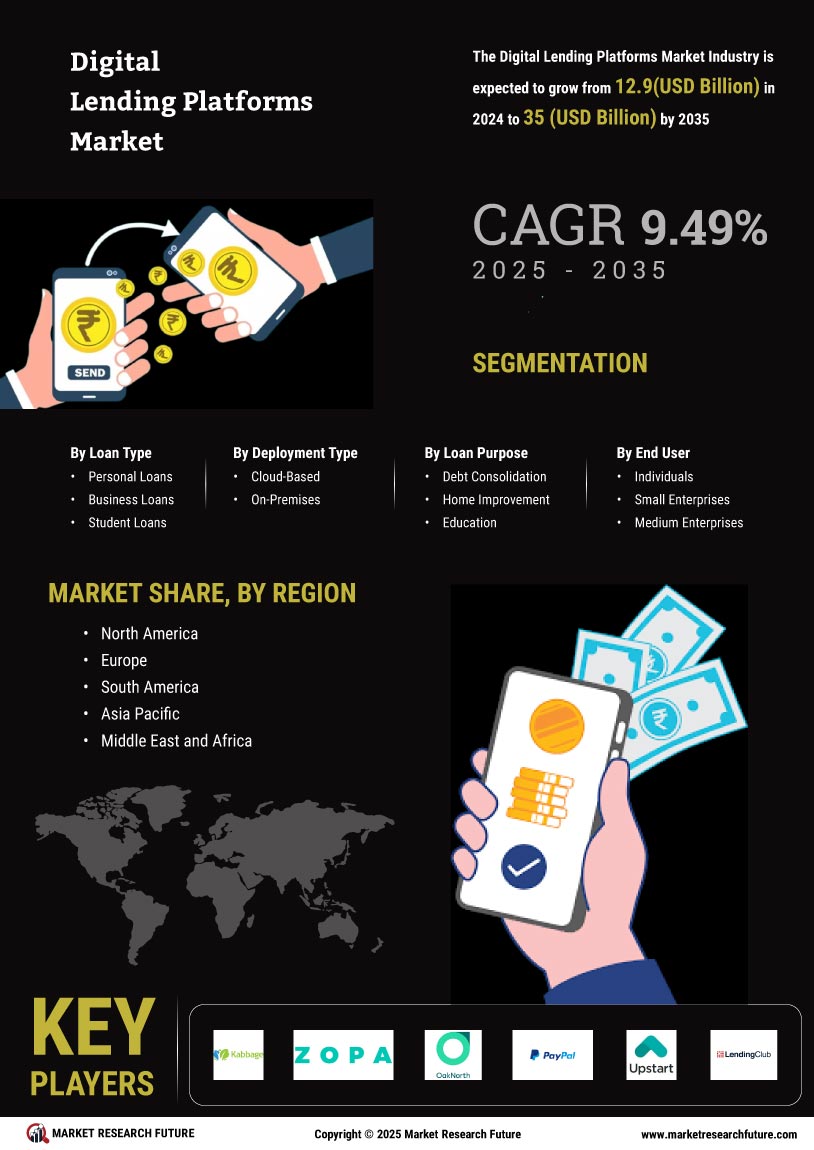

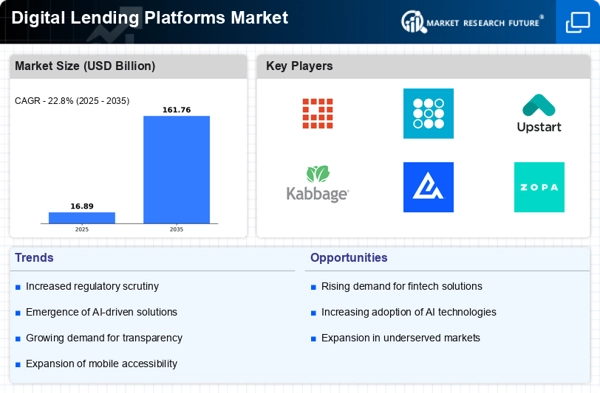
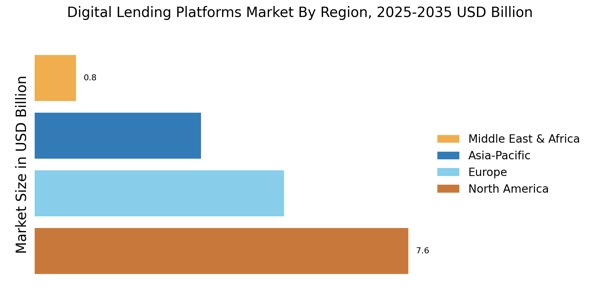

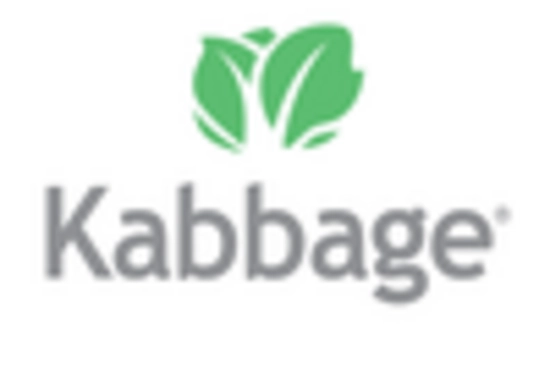


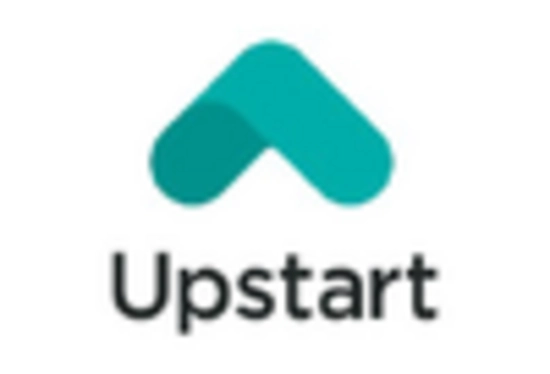









Leave a Comment